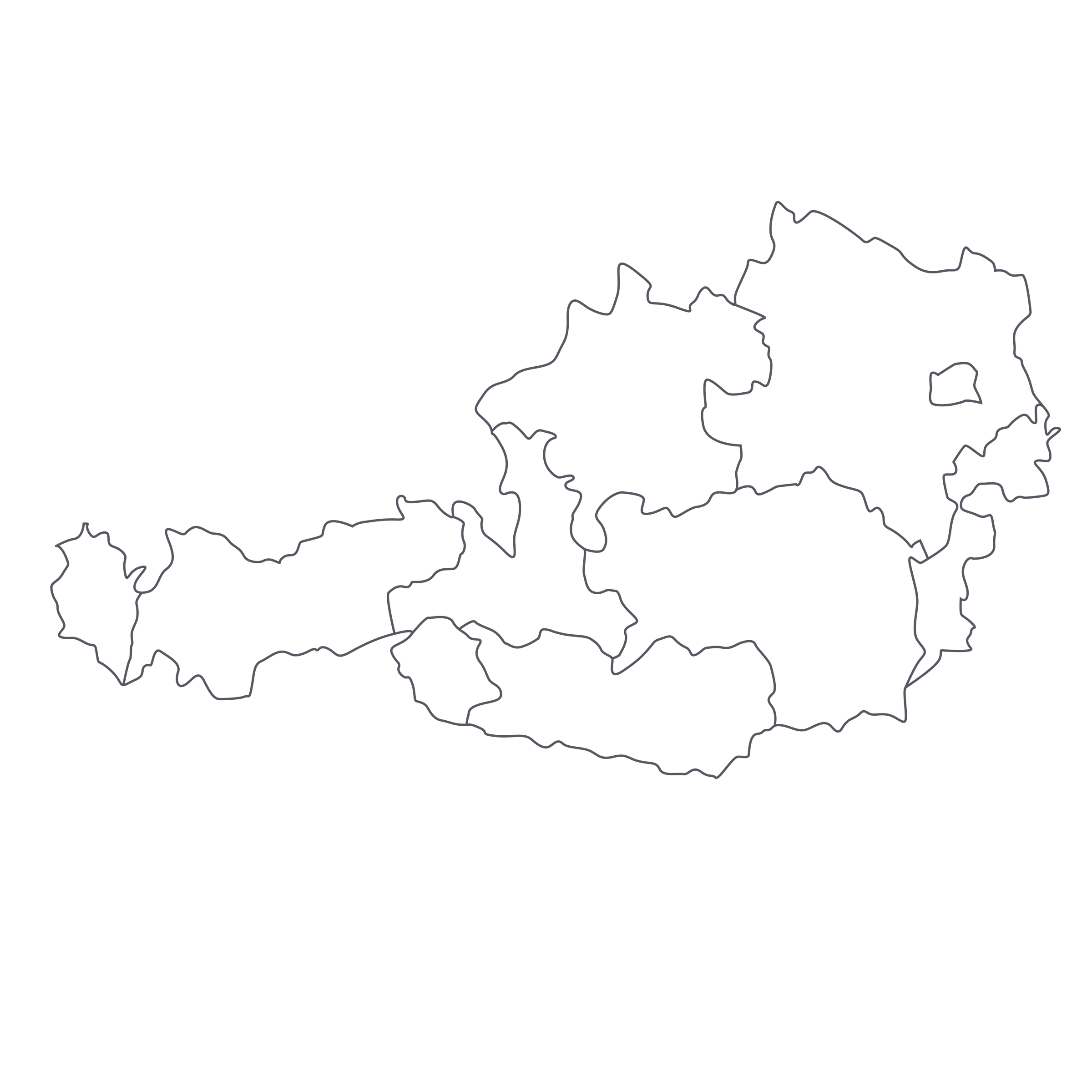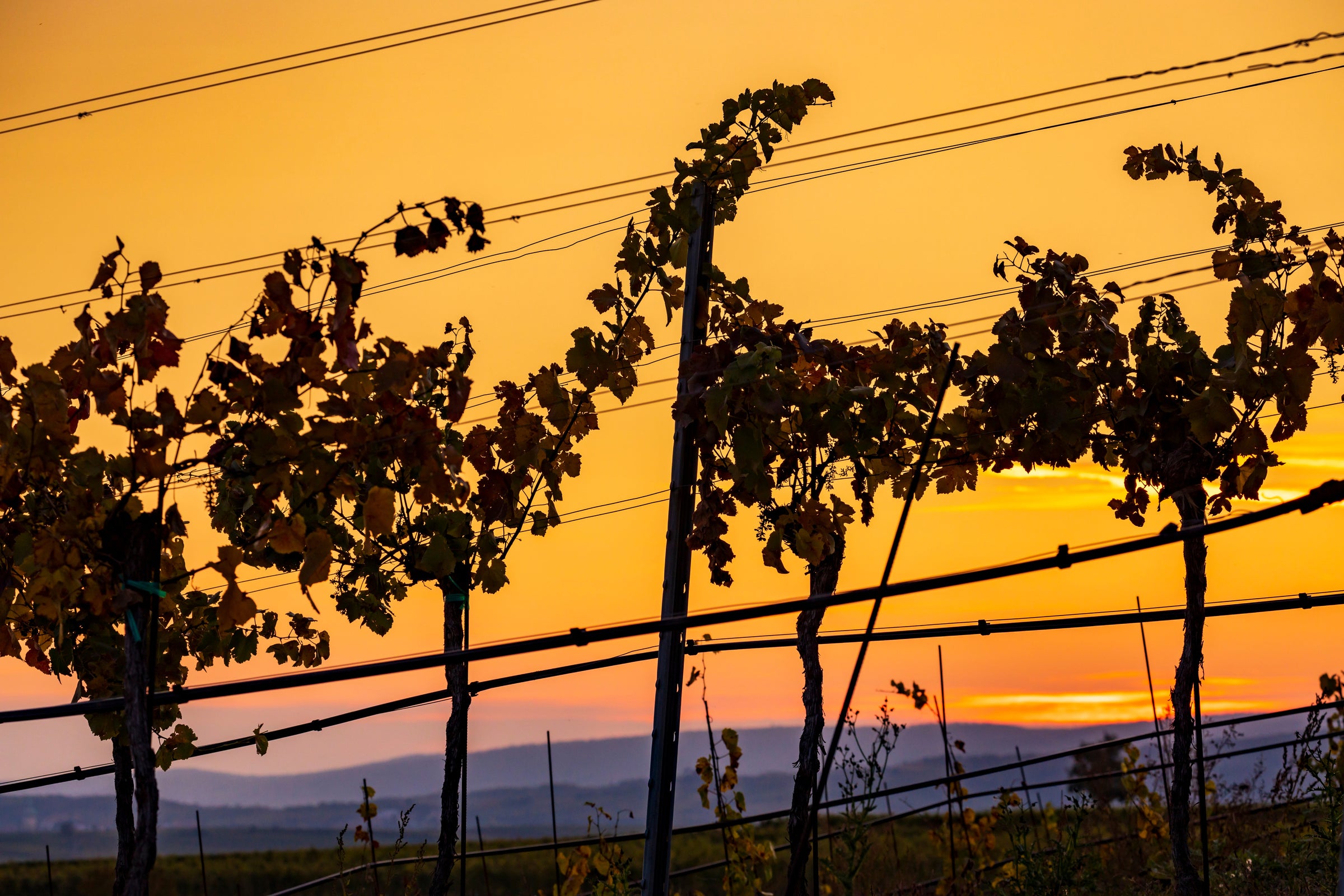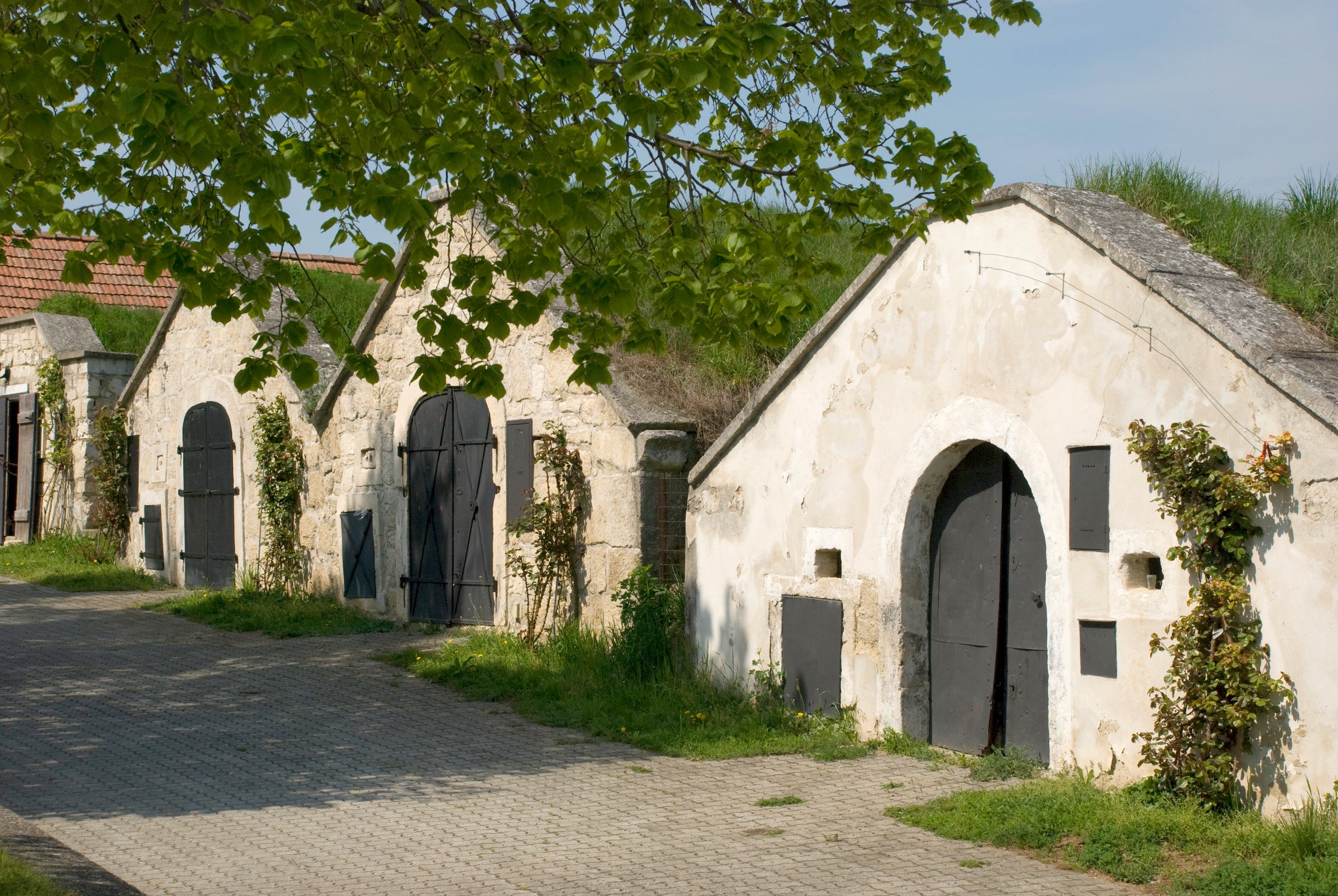If you want a guaranteed way to command a room, pour today’s “Wild+Free” for everyone and they’ll immediately home in on this rarefied, all-natural stunner. And, while they’re all left speechless by its hypnotic red-rust hue and inimitable flavors, take the opportunity to slip away with the bottle for your own pleasure-seeking needs. Its jaw-dropping freshness and exotic, fruit-filled layers all blend together so seamlessly, instantly making it one of the year’s most flat-out enjoyable experiences. Combine that with an exceedingly generous price and 12 consecutive generations of expertise and today’s bone-dry, 100% naturally made skin-contact wine simply becomes the year’s coolest offer.
Even still, Wenzel manages to soar just below the radar despite being family-run since 1647 and holding a “Top 100 Winery of the Year” award from Wine & Spirits. So, don’t be too hard on yourself if you’re in the dark. All I ask is that you immediately commit Wenzel to memory because “Wild+Free” so perfectly embodies what we love showcasing on SommSelect: a time-honored estate, meticulous organic farming, and a wholly unique bottle that awakens the deepest of emotions. Just give today’s extraordinary wine a quick decant and we promise that your immediate reaction will be to make a mad dash for another bottle. But be wary: This is a hard wine to track down so don’t deplete your stash all at once!
A quick note before diving into the rest of the article: Despite the fanatical worldwide craze for skin-contact and/or “natty” wines, we’ve only offered a small handful of them this year. These wines can be brilliant, but they can also be improperly or hastily made, which is why our selection process has been strict. So, it should go without saying that today’s “Wild+Free” unequivocally floored our entire team. It’s the freshest, most stimulating skin-contact wine we’ve tasted all year.
Currently run by 12th-generation Michael Wenzel, this ancient Austrian estate is all about respecting nature and harnessing the purities of each grape. Each bottle crafted here is a painstaking, hands-on process, meaning that while every shipment that arrives to America is a breathtaking example, quantities are always extremely limited. It’s quite easy to understand why when you step into Wenzel’s ancient cellar in the lakeside town of Rust—it’s as if you’ve stepped into a time portal. It’s well over 400 years old, and with a century-old hand-crank press, weathered oak barrels, and tiny doorways carved from subterranean stone, you may find yourself feeling like Robin Williams in Jumanji, asking “what year is it?”
Today’s “Wild+Free” is one of the finest examples of the expertise, authenticity, and purity that goes into each wine. It comes from a small parcel of organically farmed Pinot Gris that Michael gently hand harvests and transports back to the winery where, instead of immediately pressing out the juice, the mostly de-stemmed grapes stay on their skins for 14 days. That’s the reason why today’s wine flaunts such a gorgeous ruddy hue. Fermentation occurs with ambient, airborne yeasts and no sulfur is added. Afterward, the wine is transferred into neutral barrels for several months. It is bottled unfined, unfiltered, and without any sulfites. It is one of the purest, one-with-nature wines you can find.
Even though we’ve already explained the wine’s mesmerizing color, I must reiterate that this is unlike any orange wine you’ve ever had. First of all, it doesn’t have an orange or dark sallow hue, but a slightly hazy (unfined/unfiltered), vivid rust-red that is bound to redefine your perception of Pinot Gris. Secondly, like the natty wines of Jean-François Ganevat, there’s zero traces of imperfection—the wine is breathtakingly fresh without any funk, fuzziness, or ‘mousy’ qualities. All I recommend you do is gather ‘round your voguish, adventure-seeking friends and slowly explore this bottle from start to finish. After a brief 15-minute decant, serve in all-purpose stems around 50-55 degrees and strap yourself in for a wild ride. Wenzel’s 2018 “W+F” Pinot Gris announces itself with beautifully pure notes of wild strawberry, Rainier cherries, rhubarb, pulverized raspberry, Red Ruby grapefruit, dewy rose petal, citrus blossoms, watermelon rind, wet stones, and a light touch of exotic spices. The palate is incredibly refreshing with ripe layers of supple red fruit, crushed minerals, and damp herbs, all buttressed by a judicious touch of crunchy tannin. This will mature beautifully over the next 3-5 years and last a day or two after opening so, again, as easy as it may be to drain a bottle, try your best to (1) cellar a few and (2) enjoy slowly when opening to track its marvelous evolution. Cheers!






